Seasonal pressures, unpredictable customs regulations, and customer expectations for fast, reliable deliveries shape the global logistics landscape.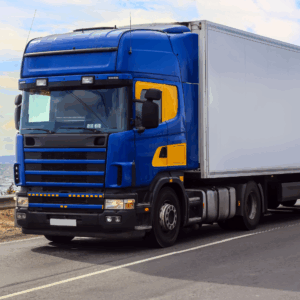
ExFreight’s digital logistics infrastructure stands out as a vital tool during these periods of heightened demand. The company’s platform equips shippers with tools for instant quoting, real-time tracking, document control, and customs clearance in one convenient location. The urgency of peak season, especially following global policy shifts such as the removal of the minimis exemption for low-value imports, underscores the fact that traditional shipping methods are no longer sufficient. Instead, digital freight forwarding becomes the standard for those seeking resilience, speed, and strategic control in their supply chain management processes.
Strategic Logistics Preparation for Peak Season with Freight Technology
In preparation for the fourth quarter, many brands intensify their logistics planning processes and inventory consolidation to stay ahead of increasing demand. As critical months approach, importers adjust their fulfillment models and assess how changes in customs regulations may impact their operations. This includes a thorough review of customs declaration procedures, especially following the implementation of policies that eliminate previous benefits such as de minimis exemptions for low-value imports. These policy shifts directly impact international freight transportation practices, forcing companies to adapt to avoid delays, additional costs, and penalties for non-compliance.
Technology-driven freight forwarders, such as ExFreight, offer solutions that enable companies to respond quickly to these evolving requirements. Through tools like real-time duty simulators, automated customs document generation, and instant freight movement visibility, exporters gain a critical operational advantage. For example, ExFreight’s platform requires prior submission of essential documents such as commercial invoices and packing lists. If the documentation is not correctly uploaded, the system automatically halts shipment progress until regulatory requirements are met, preventing costly errors or customs clearance rejections.
This type of automation reduces reliance on third-party brokers, eliminates manual processes prone to error, and provides exporters with complete visibility into estimated customs costs and transit times. Direct integration with air and ocean carrier data feeds also allows shippers to pinpoint cargo locations, make real-time decisions, and proactively manage disruptions. This approach is essential in international logistics, where border policies, duties, and taxes are constantly evolving and can significantly impact planning without the proper digital tools in place.
Building an Efficient Supply Chain: From Labeling to Customs Delivery
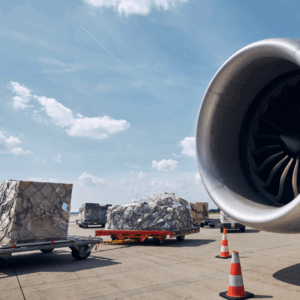
Once dispatched for local pickup, the shipment is transferred to the export terminal, where it undergoes inspection and relabeling for its destination. From here, the platform continues to track the parcel through international transit. If a customs declaration is missing, especially in countries where the minimis exemption no longer applies, the system halts the shipment until documents are received. This level of automation prevents administrative delays and ensures compliance with regulations. Once the shipment arrives, the destination customs broker will contact the consignee directly to collect duties, taxes, and any applicable clearance fees. Only after these are settled does the parcel proceed to final delivery.
This process shows how freight technology is not just about quoting and tracking; it’s a full-
Frequently Asked Questions (FAQs)
What does a customs entry include at the destination?
Your rate includes a basic customs entry fee, which covers the submission of documents. It does not include duties, sales tax, import licenses, or local customs fees. These are calculated separately and billed to the consignee unless DDP terms are requested.
What happens after I book my small parcel export shipment?
The system generates a label that must be applied to each box. Customs documents must be uploaded into the portal and physically attached. The shipment is picked up, inspected, rebelled, and sent to the destination terminal. If the value exceeds the country’s de minimis limit, the consignee will be contacted to pay duties, taxes, and clearance fees.
What are the packaging requirements for small international parcels?

Conclusion: Use Freight Technology to Navigate Peak Season and Customs
Digital transformation is not optional when managing modern international freight services, especially during peak season. With regulatory shifts such as the removal of de minimis benefits and the high volume of global e-commerce shipments, freight forwarders must act as strategic partners equipped with real-time tools. ExFreight exemplifies this evolution with its comprehensive digital platform, which seamlessly integrates pricing, compliance, documentation, and visibility into a single experience.
By combining operational automation with customs intelligence, ExFreight helps brands mitigate risk,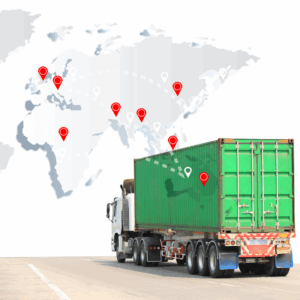
Take control of your supply chain. Choose a freight forwarder that delivers real-time insight, regulatory compliance, and peak-season reliability. Choose ExFreight.

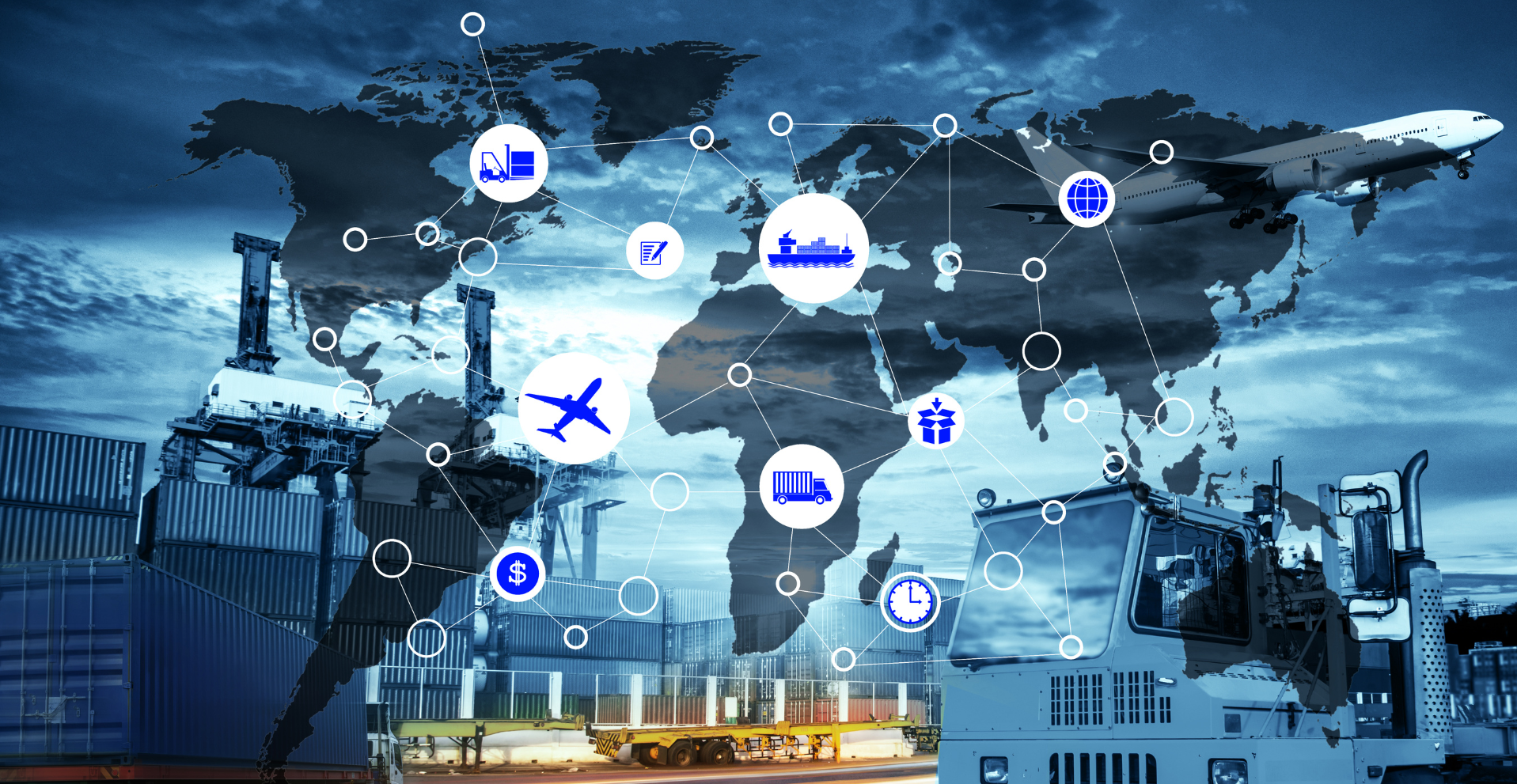
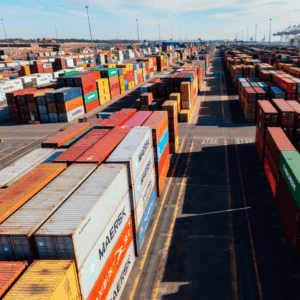

Leave A Comment
You must be logged in to post a comment.